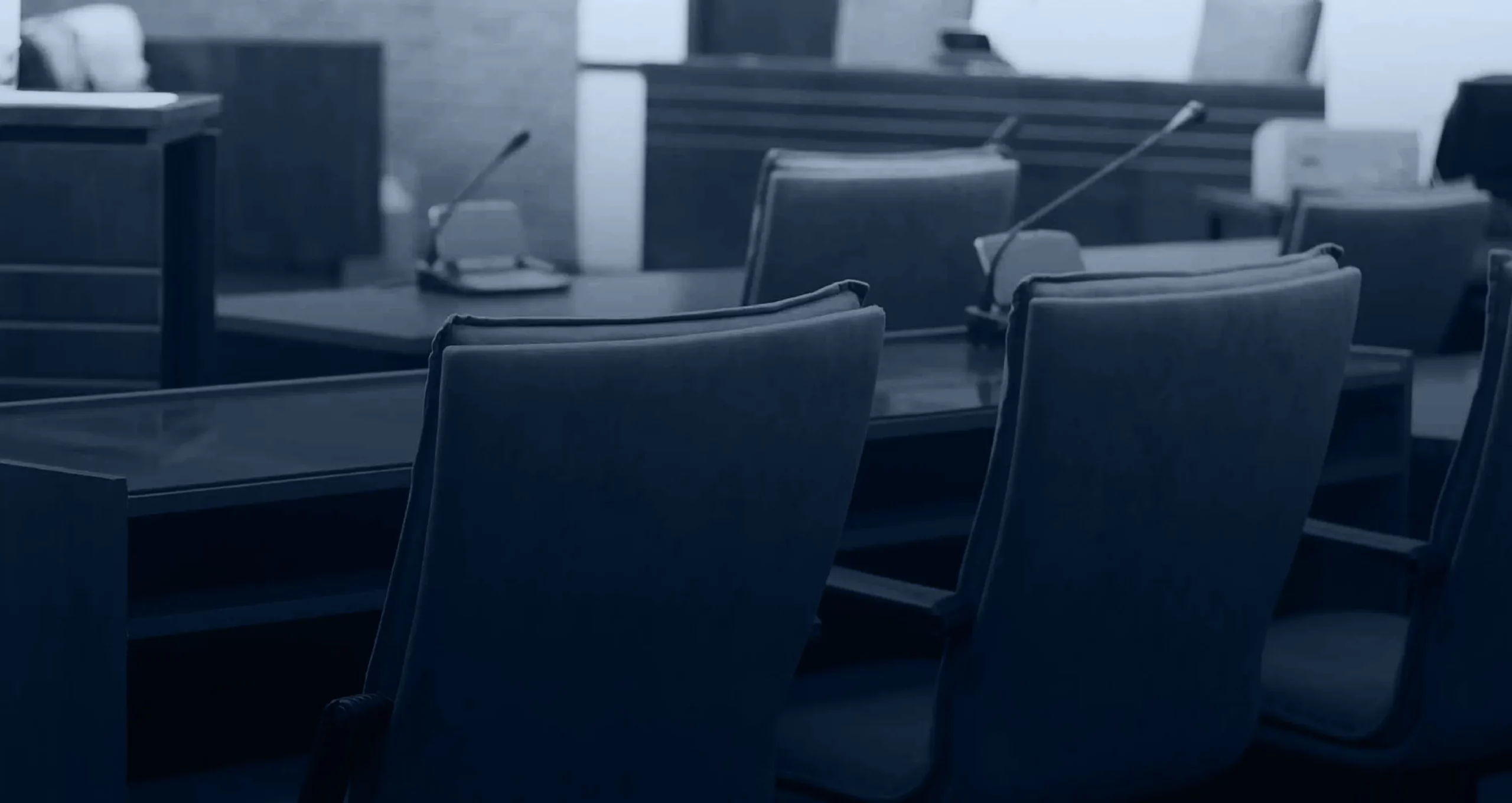After suffering an injury due to someone else’s negligence, navigating the physical and emotional aftermath is often the hardest part of a highly challenging experience. Issues like chronic pain, limited mobility, anxiety, and depression can reduce the victim’s quality of life for months or even years after the incident.
In personal injury cases, a fair settlement for pain and suffering damages should accurately reflect the toll of these significant difficulties that resulted from the at-fault party’s action. However, unlike medical bills, lost income, and other financial costs, there is no concrete formula for calculating these subjective costs.
Instead, they require a careful analysis considering the severity of the victim’s injuries, their impact on daily activities, and any permanent or long-term consequences. This makes pursuing compensation for pain and suffering much more complicated than straightforward damages. However, a skilled personal injury attorney can play a crucial role in helping victims of negligence-related injuries build a compelling case that substantiates these very real costs.
This blog post discusses how pain and suffering damages are evaluated during a settlement negotiation and how personal injury attorneys advocate for their clients.
Schedule a Free Initial Consultation Today!
What Counts as Pain and Suffering After a Serious Injury?

Illinois courts recognize that the physical pain, emotional distress, and overall disruption caused by preventable injuries are essential to the personal injury claims process. In the aftermath of this difficult experience, you deserve compensation not only for the financial burdens that result from getting hurt but also for the intangible, non-economic costs.
There are many significant consequences of serious injuries that can result in pain and suffering damages, such as:
How Pain and Suffering Damages Are Analyzed and Calculated
Calculating these damages accurately provides victims of negligence the much-needed support they will need to help them recover from their injuries and get life back on track. While this process is more of an art than a scientific formula, there are several reliable techniques an experienced personal injury lawyer can use to measure the true extent of their client’s non-economic hardships.
Ultimately, these methods of measuring subjective damages are just a starting point for the negotiation process and will not necessarily be taken at face value by insurance companies.
However, they still offer an important baseline for understanding the victim’s intangible damages and being able to pursue fair compensation. Some of these strategies include:
The Multiplier Method
The multiplier method is one of the most widely used formulas for quantifying pain and suffering damages in a personal injury case. This approach multiplies the victim’s financial damages, such as medical bills and lost income, by a number. The chosen multiplier is designed to reflect the severity of the claimant’s injuries, with a higher number indicating the most severe harm and the longest recovery time.
The purpose of the multiplier method is to form a direct connection between the claimant’s economic and non-economic damages, with the understanding that these two aspects of preventable injuries are often highly correlated. Severe injuries, like spinal cord damage, tend to result in much more significant financial damages since they require very expensive medical care and will affect the victim’s income potential for a long period.
The Per Diem Method
The per diem method assigns the claimant’s pain and suffering damages with a daily monetary value, often based on how much they would typically earn in one day or by evaluating the quality of life costs they have experienced due to their injuries. This rate will then be multiplied by how many days the victim will have symptoms of getting hurt.
Personal injury lawyers only apply the per diem method when the victim’s injuries are expected to heal completely and when their recovery time is relatively predictable. In cases of more serious harm that will have long-term or indefinite consequences, such as chronic pain or mobility restrictions, this method would not adequately capture the full extent of the claimant’s pain and suffering.
Other Important Factors for Measuring Intangible Damages
The common formulas for evaluating pain and suffering damages have different limitations and disadvantages, so there is truly no one-size-fits-all approach when seeking a fair settlement.
In addition, other important factors contribute to how personal injury lawyers will approach the negotiation process and the arguments insurance companies will use when offering settlements. Some relevant variables involved in calculating subjective damages include:
The Nature of the Injury
The process of quantifying pain and suffering damages is also very dependent on the specific consequences of the injury. For example, victims left with facial scars or another form of disfigurement will face extreme psychological and emotional challenges that might not be reflected in the cost of their medical care and will require extra consideration.
The Victim’s Age and Career Prospects
Calculating pain and suffering damages is essentially about measuring the losses victims will experience due to someone else’s negligence. This is why factors like the victim’s age and career before getting injured can play a role, especially in cases involving permanent or disabling injuries.
Younger victims may receive a higher compensation because getting injured will have a more significant impact on the overall course of their lives and careers than it would for someone older or already out of the workforce. Similarly, those in higher-paying or more specialized professions may receive more substantial damages to account for their lost career opportunities.
The Length of The Victim’s Recovery Time
Simply put, longer recovery periods will mean the victim suffers pain, discomfort, physical limitations, and emotional challenges over a longer period. Injuries resulting in long-term or permanent impairments are devastating and life-changing, so they are typically entitled to recover higher compensation for non-economic damages.
For example, claimants with a traumatic brain injury will have physical and cognitive limitations that affect every aspect of their daily life, potentially permanently. A fair pain and suffering settlement for these kinds of cases would have to reflect the scale of these challenges and the victim’s poor prognosis for ever recovering.
Strategies for Proving Pain and Suffering Damages
The biggest challenge negligence victims face when trying to recover a fair settlement for pain and suffering damages is that these hardships are so difficult to quantify. Without solid evidence demonstrating the mental and physical toll of serious injuries, these types of losses can be dismissed by insurance companies or overlooked by judges and juries.
Experienced personal injury lawyers rely on a range of resources to help clients tell their personal stories in a compelling way, build a persuasive case for intangible damages and recover the financial support they deserve.
Some of the most important methods lawyers use to substantiate the challenges victims face due to someone else’s negligence include:
Medical Records
Documentation of the victim’s medical treatments in the immediate aftermath of getting hurt and beyond, such as when undergoing physical therapy, is a critical resource for proving non-economic damages.
These records provide objective information on the nature and extent of the claimant’s injuries, including the results of their diagnostic tests, the treatments they received, medications prescribed, and notes from providers about the patient’s progress. Medical records provide tangible proof that can be used to establish the seriousness of the victim’s injuries and the associated physical and mental harm.
Testimony from Medical Experts
Medical specialists are essential for helping negligence victims pursue fair compensation for their pain and suffering damages, especially in cases where the injuries are permanent or long-term. They can provide a valuable, expert opinion on the victim’s prognosis, symptoms, and daily challenges, which are more persuasive than medical records alone.
For example, a claimant that suffers from chronic back pain after a car accident would benefit from an orthopedic surgeon’s testimony explaining the surgeries they have undergone and how their current and future limitations might impact specific activities.
The Victim’s Personal Journal and Impact Statements
Personal injury lawyers often encourage claimants to document their recovery by keeping a daily journal, which can provide unique insights into their pain levels, emotional struggles, and mobility challenges after getting injured. These firsthand accounts can paint a vivid picture of the mental and physical suffering that resulted from the at-fault party’s negligence.
They are among the most powerful types of evidence for these types of cases. Victims can also prepare an impact statement detailing aspects of their experiences, such as depression, dealing with financial stress, not being able to participate in activities they once enjoyed, or having nightmares due to the traumatic incident that led to their injuries.
Testimony from Family and Friends
Interviews with the claimant’s closest loved ones can play a powerful role in substantiating their pain and suffering damages simply by sharing what they have witnessed in the weeks and months after the victim’s injuries. Family and friends can speak about their emotional state, physical challenges, changes in their behavior, and how this ordeal has affected their overall quality of life.
How Personal Injury Lawyers Help Clients Recover Compensation for Pain and Suffering
Suffering serious, preventable injuries due to someone else’s negligence is an overwhelming ordeal that often has long-term consequences for victims and their families. This is why a fair settlement for pain and suffering damages has to account for how the victim is currently affected by their injuries and the ongoing and future consequences.
While proving pain and suffering comes with some specific challenges, the right personal injury lawyer can make a difference in helping clients substantiate the full extent of their economic and non-economic damages. Attorneys use their familiarity with similar cases and extensive knowledge of the law to establish reasonable compensation for their client’s injuries, prepare a strong case and negotiate for the best possible outcome.
Contact the Chicago Personal Injury Law Firm of Zayed Law Offices Personal Injury Attorneys for Help Today
For more information, please contact the experienced Chicago personal injury lawyers at Zayed Law Offices Personal Injury Attorneys today. We offer free consultations.
We proudly serve Cook County, Will County, Kendall County, and its surrounding areas:
Zayed Law Offices Personal Injury Attorneys – Chicago Office
10 S La Salle St STE 1230, Chicago, IL 60603
Phone:(312) 726-1616
Hours: Open 24/7
Our firm is located near you. We have an office in Chicago
Find us with our GeoCoordinates: 41.8815493,-87.6327515
Zayed Law Offices Personal Injury Attorneys – Joliet Office
195 Springfield Ave, Joliet, IL 60435
Phone: (815) 726-1616
Our firm is located near you. We have an office in Joliet
Find us with our GeoCoordinates: 41.5254295,-88.1381011








